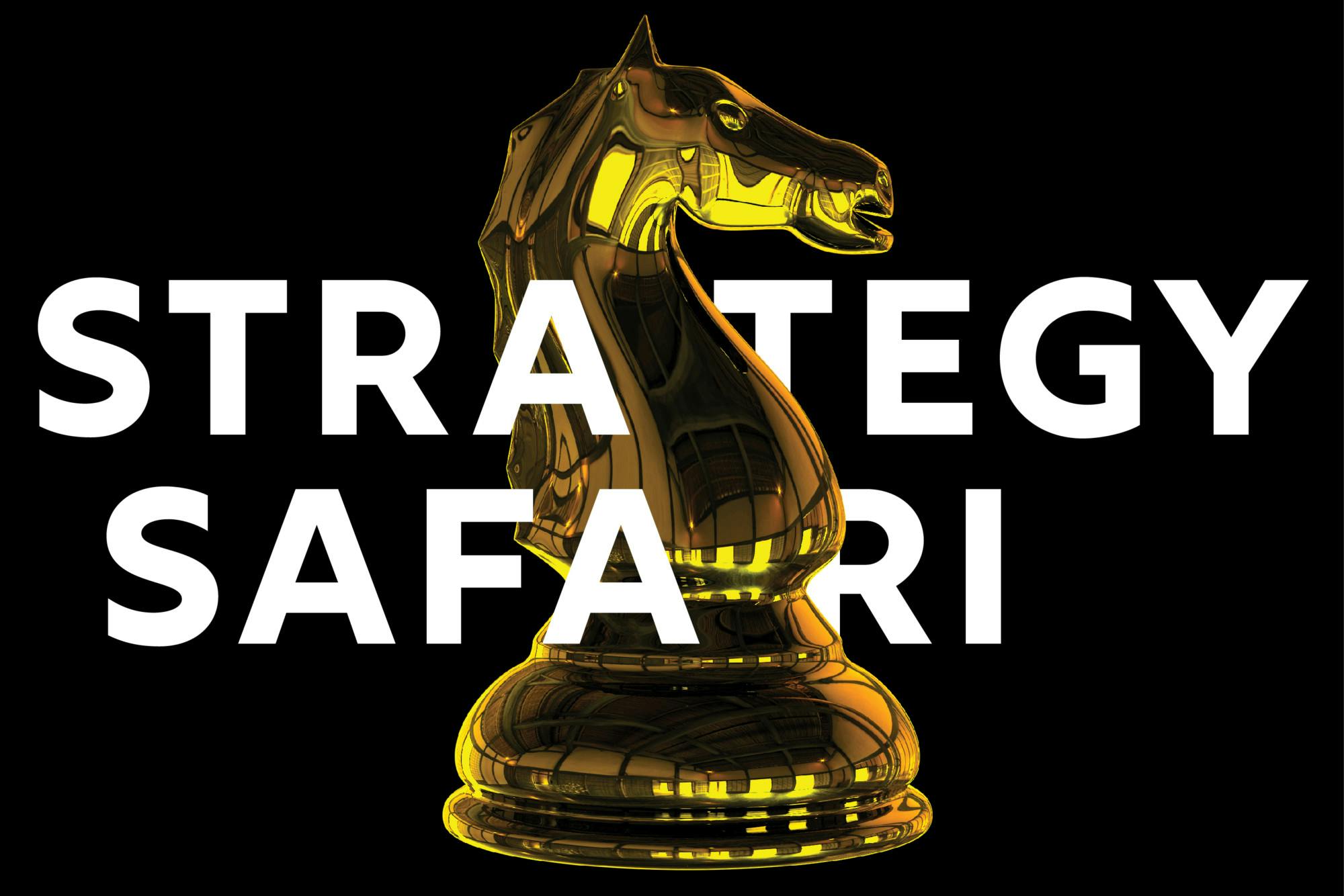Unless you’ve avoided the internet entirely over the last month or so, you have no doubt read about the Great Resignation in which everyone is going to quit their jobs and look for a new one. And if you’re in recruiting, you know the pressure this has put on talent acquisition in all industries — pressure that has resulted in attrition among recruiters.
It’s difficult to find recent numbers on turnover among recruiters, but in 2019, the average turnover was estimated to be around 25%. In recent conversations with talent acquisition leaders, I’m hearing numbers higher than that. And as more recruiters leave, the ones who remain are stretched thinner and thinner, leading to more resignations, and the spiral continues.
Recruiter retention is top of mind for numerous companies, and the internet is more than willing to suggest everything from pay raises to an increased focus on mental wellbeing. (For the record, I support both of these approaches.) There is one area that is often overlooked, however. It’s not sexy or exciting; yet it has the potential to alleviate much of the strain that recruiters experience.
That area of focus is process improvement.
In my work with organizations, I’m often called upon to help with process optimization to increase efficiencies and reduce pain points. And by far the most common process that organizations prioritize is talent acquisition. And for good reason. It is the beginning of the employee life cycle and sets the tone for people’s tenure with the company. A good process makes all parties happy — candidates, hiring managers, and recruiters. It minimizes roadblocks and allows for greater scalability, alleviating much of the administrative burden your recruiters experience.
If you’re thinking about tackling your recruiting process, here are a few things to keep in mind:
Embrace Standardization
Yes, every organization has unique needs. But whatever your company’s process is, make it as standard and repeatable as possible.
Too many recruiters lose time to a hiring manager’s personal preferences. And when you’re supporting multiple hiring managers, those personal preferences add up. Minimize frustration by establishing a standard process that works at least 80% of the time. This way, everyone knows what the process is, and mental energy can be used to source, screen, and select candidates instead of reinventing recruiting with every requisition.
Technology Matters
HR tech is often deprioritized in organizations, and talent acquisition doesn’t escape this fate. Unfortunately, this results in sub-optimized systems, requiring recruiters and others in the recruiting process to spend too much time on manual activities: re-entry of candidate information, reformatting reports, creating offer letters on Word documents.
Every time there is a handoff from system to person or system to system, you invite a chance to make a mistake. So invest in your infrastructure. This doesn’t mean you need to buy the latest and greatest applicant tracking system. It means you need to get everything you can out of the system you have. Integrate across applications, harmonize your data, and make sure people have the access they need to do their jobs.
Rethink Where Work Is Done
Part of standardization means taking the opportunity to centralize repeatable administrative tasks, automating what can be automated, and eliminating what doesn’t need to be done.
Many organizations have moved to a shared service model, allowing specialists to do what you hired them to do (in this case, source and recruit) and finding efficiencies in scale. A lot of work can be automated, minimizing mistakes and allowing humans to do work that requires a human touch.
In many organizations, recruiters are supported by full-time sourcers, coordinators, and other support staff, segmenting work by specialty without overtaxing any one role.
Whatever model you decide on, just be sure you’ve opened yourself to the possibilities of doing it differently.
Rinse and Repeat
No process improvement is ever complete. You don’t want all of your hard work to be a one-and-done approach. Set up a governance model that allows you to intake feedback, prioritize changes, and continue to evolve your approach. If something isn’t working, fix it. Nothing in your process is set in stone unless it’s legally required, so don’t be afraid to keep trying new things.
Amazon is famous for using pilot groups as internal R&D to test new recruiting approaches. Not every organization is an Amazon, but you can adopt that experimental mindset. Just keep innovating!
Will fixing your process solve your recruiter attrition problem? Maybe, maybe not. If you don’t treat your recruiters well, pay them what they deserve, and keep an eye on their wellbeing, nothing else will matter. However, if after focusing on the people side you don’t address your process issues, no amount of warm fuzzies will save you.
